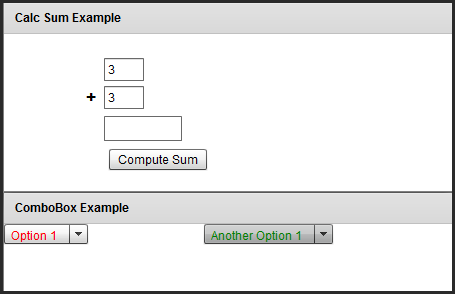Equivalence class testing
Equivalence Classes is the input (and sometimes output) data which are processed by the same application or their processing leads to the same results.
Equivalence Class Testing is a technique for test design which can reduce the amount of your test cases.
It can be used at all testing levels – unit, integration, system, and system-integration test levels.
To ensure the correct program behavior under different input data, you should ideally test all possible values for each element of this data (as well all possible combinations of input parameters).








